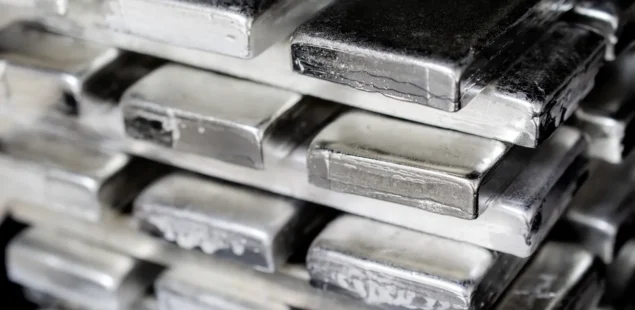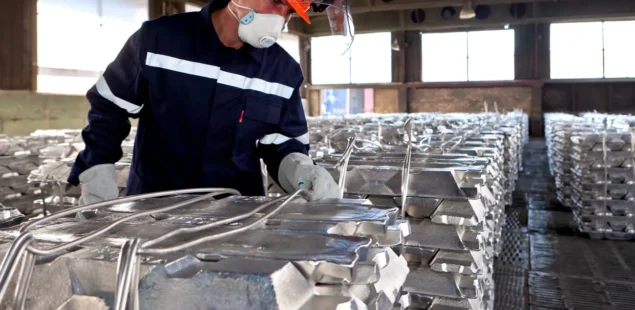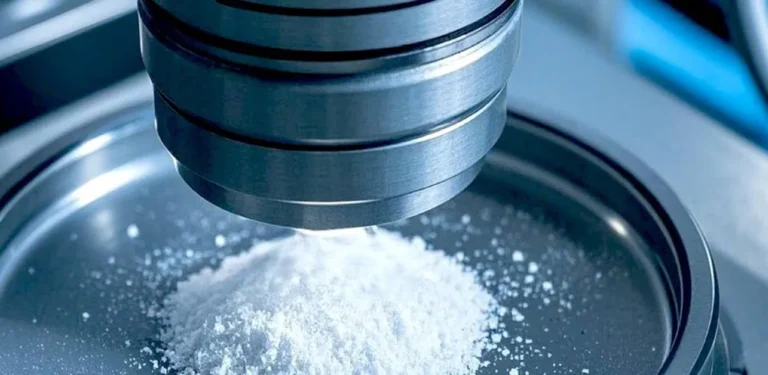
Pursuit Minerals has revised its phased development strategy for the Rio Grande Sur lithium project in Argentina, introducing a modular design to support scalable production growth from 5,000 tonnes per annum (tpa) to 15,250 tpa.
In Phase 1, the company will relocate an existing 250 tpa lithium carbonate pilot plant to the site, enabling early-stage production that will help refine processing methodologies and generate near-term cash flow. The move requires a low capital investment of $9.7 million to relocate the plant and build evaporation ponds.
Phase 2 involves expanding production to 5,000 tpa at Sal Rio 02, positioning the company for large-scale lithium supply as market conditions shift. A further expansion under Phase 3 will increase output to 15,250 tpa with a 10,000 tpa addition at Mito, strengthening Pursuit’s foothold as a scalable lithium producer.
The development strategy aligns with Argentina’s Incentive Regime for Large Investments (RIGI), a program offering fiscal and regulatory benefits for qualifying projects. Although initial investment for Rio Grande Sur is expected to remain below the $200 million threshold, the full project roadmap may surpass this figure, allowing Pursuit to seek eligibility for tax incentives, including a reduced corporate tax rate, elimination of export duties on lithium carbonate, and accelerated depreciation on plant and equipment.
Managing Director Aaron Revelle highlighted that the relocation of the pilot plant is a pivotal step, ensuring continuous operation while mitigating processing risks. The company has already received multiple sample requests from potential off-take customers, with commissioning activities for brine processing nearing completion.
Initial feasibility studies incorporating the staged production approach are set for release in the first half of 2025, reflecting the broader commercial development plan for Rio Grande Sur, which holds an indicated and inferred resource of 1.1 million tonnes of lithium carbonate equivalent.



